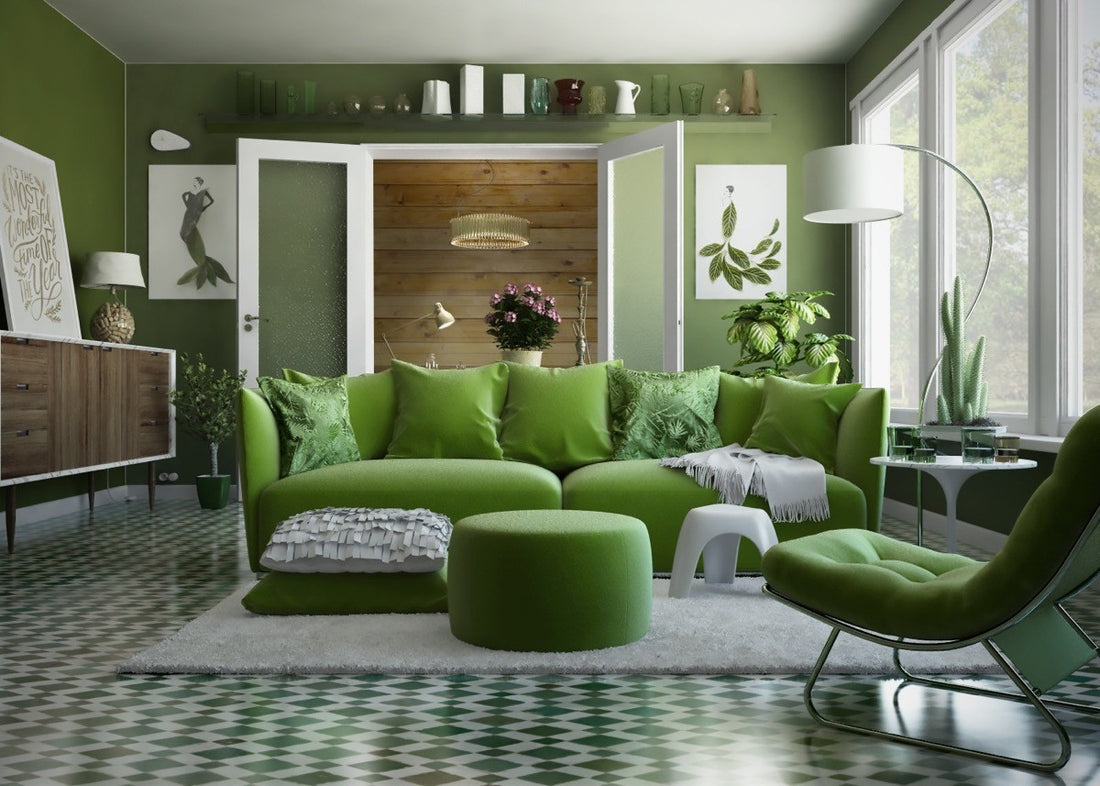
Eco-Friendly Home Décor: Sustainable Choices for a Greener Home
Creating a stylish and sustainable home doesn’t mean sacrificing aesthetics for eco-consciousness. By making thoughtful choices, you can enhance your living space while minimizing your environmental impact. Here’s how to integrate eco-friendly practices into your home decor and make a positive contribution to the planet.
1. Opt for Sustainable Materials
Start by selecting home decor items made from sustainable materials. Choose furniture and decor crafted from reclaimed wood, bamboo, or recycled metal and glass. These materials not only reduce waste but also add unique character to your space.
2. Invest in quality Over Quantity
Focus on investing in high-quality, durable pieces rather than frequently replacing items. Well-crafted furniture and decor tend to last longer, reducing the need for replacements and minimizing waste. Consider timeless designs that will remain stylish for years to come.
3. Embrace Upcycling and Repurposing
Get creative with upcycling and repurposing old items. Transform worn-out furniture into new pieces with a fresh coat of paint or fabric. Repurpose glass jars as vases or storage containers, and turn old textiles into stylish cushions or throws.
4. Choose Eco-Friendly Paints and Finishes
When updating your walls or furniture, opt for low-VOC (volatile organic compounds) or zero-VOC paints and finishes. These environmentally friendly options reduce indoor air pollution and are safer for both you and the planet.
5. Incorporate Energy-Efficient Lighting
Switch to energy-efficient lighting options such as LED bulbs, which use less energy and have a longer lifespan compared to traditional incandescent bulbs. Incorporate dimmers and timers to further optimize energy usage and create a cozy atmosphere.
6. Support Local and Artisan Crafts
Buy from local artisans and businesses to support the community and reduce the carbon footprint associated with shipping. Handmade items often have a unique touch and can bring a sense of authenticity and character to your home.
7. Opt for Organic and Natural Textiles
Select textiles made from organic cotton, hemp, or other natural fibers. These materials are produced with fewer chemicals and have a lower environmental impact compared to conventional fabrics. Organic bedding, rugs, and curtains contribute to a healthier home environment.
8. Green Your Plants
Incorporate indoor plants to improve air quality and add a touch of nature to your decor. Choose low-maintenance, native plants that require minimal water and care. Plants not only enhance your space aesthetically but also contribute to a healthier indoor environment.
9. Recycle and Donate Unwanted Items
When updating your decor, recycle or donate unwanted items instead of sending them to the landfill. Donate gently used furniture and decor to charity shops, or recycle materials like metal, glass, and paper. This practice helps reduce waste and supports community initiatives.
10. Mindful Shopping Practices
Adopt mindful shopping practices by researching and choosing products with minimal packaging and made from recycled or biodegradable materials. Be conscious of the environmental impact of your purchases and prioritize items with sustainable certifications.
11. Create a Green Cleaning Routine
Use eco-friendly cleaning products and methods to maintain your home. Opt for natural cleaners and DIY solutions using ingredients like vinegar, baking soda, and lemon. These alternatives are effective and have a lower impact on the environment.
12. Plan for Energy Efficiency
Incorporate energy-efficient elements into your home decor, such as thermal curtains or blinds that help regulate indoor temperatures. Install programmable thermostats and ensure good insulation to reduce energy consumption and lower utility bills.
Conclusion
Embracing eco-friendly home decor involves making mindful choices that support sustainability while enhancing your living space. From selecting sustainable materials and investing in quality items to incorporating energy-efficient lighting and upcycling, every decision contributes to a greener home. By integrating these practices, you create a stylish, comfortable, and environmentally responsible living environment.

